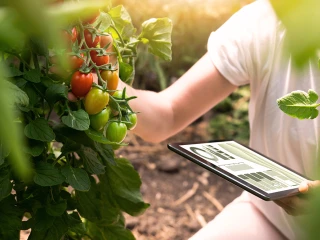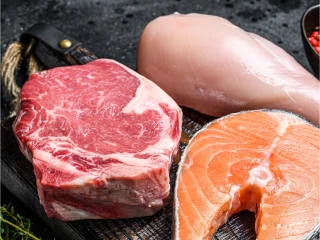How does blockchain work?
Blockchain is best known in a financial context as the driving force behind cryptocurrencies such as Bitcoin. But it offers so many more possibilities! Blockchain is about data, about continuously enriching information, about transparency and about decentralization. That makes the technology interesting for virtually every industry, and especially for ones with complex supply chains – such as the meat chain, for instance.
As the name suggests, blockchain is literally ‘a chain of blocks’. It always starts with a basic block of information, such as a contract, a photo or a signed form. That information is saved in a system that is directly connected to the blockchain. All the blockchain participants (usually the chain partners) can view that basic block of information and must check and approve its correctness by placing their digital signature. All the digital signatures are saved in the blockchain too and – once the majority have confirmed their approval – these form proof of authenticity. It is important to note that the basic information itself is not saved in the blockchain.
Participants can add new blocks of information to the system as they go along. That information always builds on the basic information that is already in the blockchain, and the participants have to check the correctness of the new information and approve it with their digital signature each time. Once the ‘majority vote’ has been reached, the new block of information is permanently added to the basic block and that information can no longer be altered. The information can be viewed by all the participants and they share equal responsibility for it. In practice, it is still possible to add blocks containing incomplete or incorrect information. However, since all blockchain activities are traceable, it is immediately clear who has added that inappropriate information and this creates a cast-iron internal control mechanism.
/blockchain-blog-discover-(1).webp?mode=autocrop&w=320&h=320&attachmenthistoryguid=e47544a0-5ec7-481c-baef-57bd300a5639&v=&focusX=441&focusY=204&c=743ac62f18faacbe91c45211c7890b341cc16e8e6c33654d3bfe114b05a020ce)

/Blockchain-1920x355-(1).webp?mode=autocrop&w=320&h=240&attachmenthistoryguid=8d3a245f-3f89-4645-ab03-74c286f2bb66&v=&focusX=1213&focusY=231&c=72c48ad32fb05257c49632c35826641988984a83cfe8931c32cc32343b0311ea)
